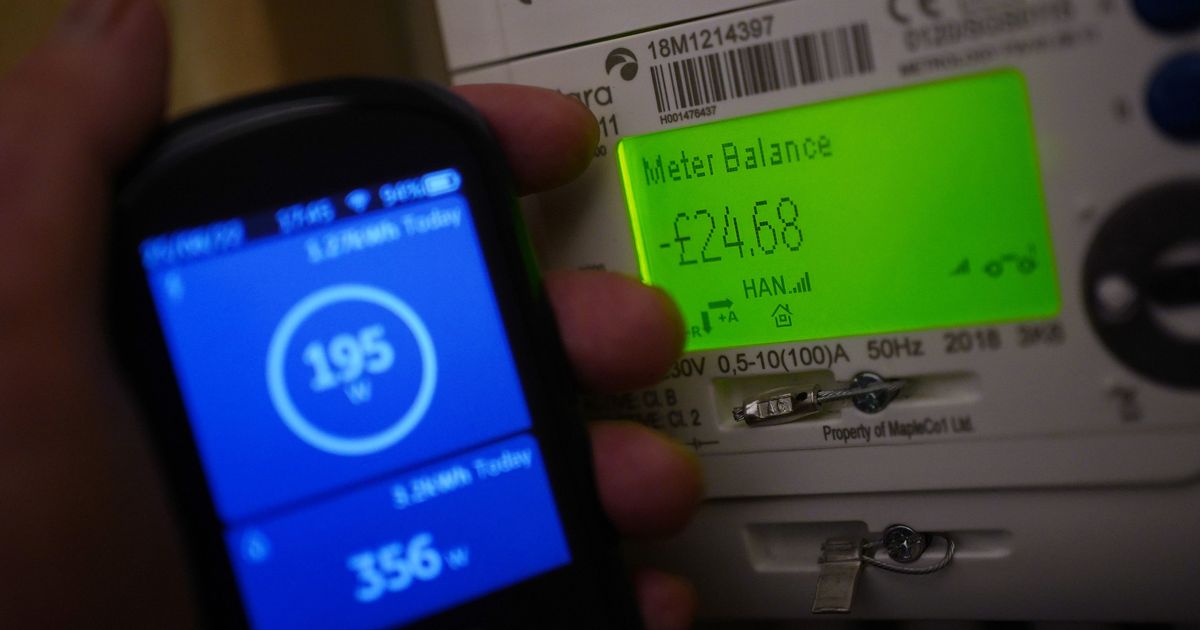
People across the country are concerned about the spiralling cost of living – and most likely top of the list of worries is the rapidly increasing price of gas and electricity. With the price cap on energy set to be raised by a huge 80% on October 1, householders will be wondering what the best move is.
Last Friday regulator Ofgem confirmed that the price cap would be raised from £1,971 to £3,549 per year. It has already risen by more than 50% in April compared to October 2021, meaning it has roughly trebled since this time last year.
The price cap amount is based on an ‘average household’ and doesn’t mean that you can’t spend more than that per year, as the cap actually refers to the maximum price that can be charged per unit of fuel. The more you use, the more you will pay.
An average household is considered to be one that uses 12,000 kWh of gas and 2,900 kWh of electricity in a year. The price cap was previously changed twice a year, but Ofgem is now allowed to review it every three months with changes expected in January, April, July and October 2023, reports the LiverpoolECHO.
Here, Money Saving Expert Martin Lewis has offered an explanation to energy users ahead of the October price hike.
Should you fix your energy bill or stick on the price cap?
The energy price cap limits what firms can charge in England, Scotland and Wales for their default standard variable tariffs. It currently changes every six months, though that’ll soon be every three, starting in January 2023. The vast majority of homes, about 85%, are now on it and those who aren’t are on a fix.
The price cap is misnamed – there’s no maximum amount you’ll pay. What’s actually capped are electricity and gas standing charges and unit rates. For price certainty, the cheapest fixes now give you that, but you’ll pay more in the short term. If in doubt though, it is suggested to stick to the price cap.
The price cap will now be updated four times a year under new Ofgem rules
It means that from October, the energy price cap will additionally change every January and July, not just in April and October. According to the regulator, this will provide greater stability and reduce the risk of supplier failure as it lowers the chance of firms being forced to sell energy at a loss to consumers if prices rise rapidly. Ofgem said supplier failure can “cause high disruption and push up costs for consumers”.
Analysts are predicting the cap will rise to more than £5,000 in January and then above £7,000 in April. This is due to ongoing high wholesale energy costs (what firms pay), which largely determine the price cap. There are some early predictions that it could start to come down from July 2023.
The regulator has also announced that it will go ahead with plans to reduce the period between when it announces the price cap and when those changes hit bills. Previously, there has been about a two-month gap between the announcement and when those changes took effect – from October, that will be reduced to 25 days.
Help for those struggling to pay
If you’re falling behind with your energy bills, and finding yourself struggling to pay, the best thing to do is contact your supplier as soon as possible. Under rules from regulator Ofgem, your supplier has to help you – usually by negotiating a payment plan that you can afford.
There are a range of options suppliers could offer if you’re struggling, including:
- A full payment plan review
- Affordable debt repayment plans
- Payment breaks (though this won’t be right for everyone)
- Payment reductions
- More time to pay
- Access to hardship funds
What help you can get is decided on a case-by-case basis, but importantly, repayment must be based on your ability to pay. So get in touch with your supplier as soon as possible. Martin Lewis has laid out a full list of useful ways to tackle energy bills which you can read here.

